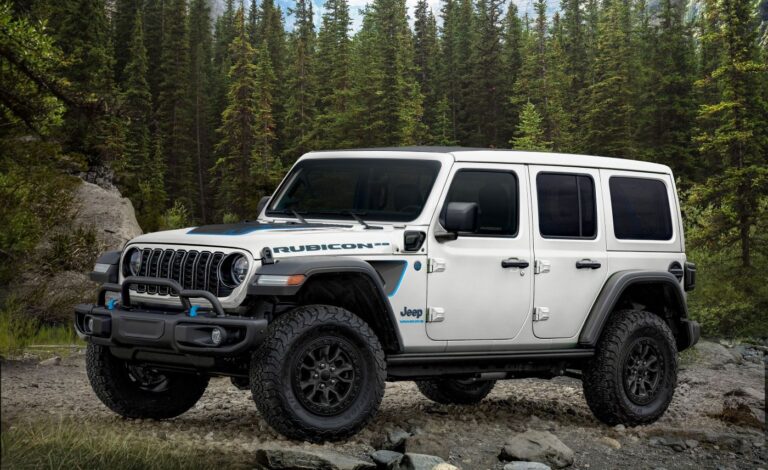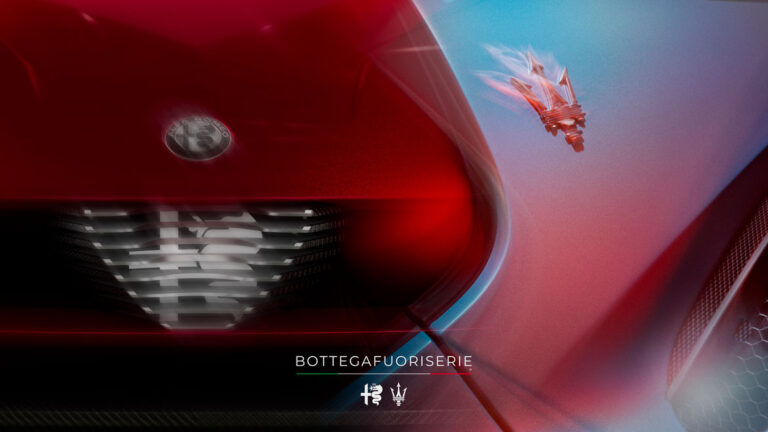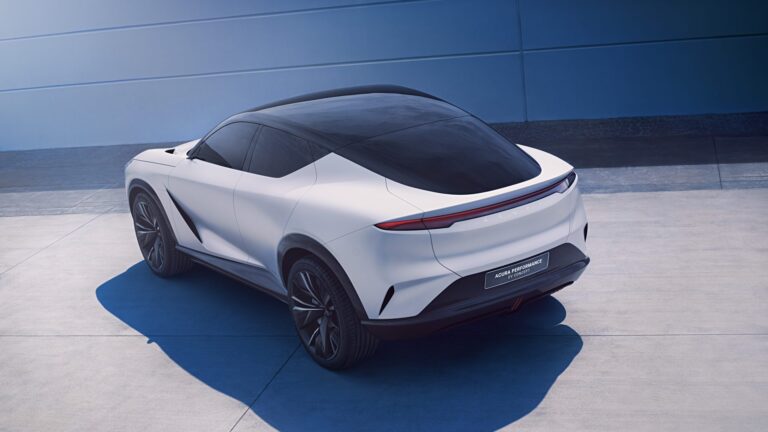Ask almost anyone, and they’ll agree: new cars are just too expensive. With tariffs disrupting the auto industry and the Trump administration working to eliminate the federal EV incentive, the outlook isn’t likely to improve anytime soon—particularly for those interested in electric vehicles. Changing this costly reality will require something bold, and Slate Auto is aiming to deliver exactly that.
Introducing the Slate Truck, an electric vehicle priced under $20,000 (after federal incentives) and set to begin production next year. It accommodates only two passengers but features a bed large enough to fit a sheet of plywood. It offers just 150 miles of range per charge, is available solely in gray, and the only way to enjoy music is by bringing your own phone and Bluetooth speaker. It’s the very definition of a bare-bones modern car, and yet it’s the result of three years of development.
However, Slate’s truck is about more than just bargain-basement transportation. The company is positioning it as a minimalist, DIY-focused design, attempting not just to lower costs but to pioneer a new category of highly customizable vehicles. This design philosophy has also enabled a low-cost manufacturing model that’s attracted serious investor attention—reportedly including Jeff Bezos. Built and engineered in America, the Slate Truck raises an important question: will American consumers embrace such extreme simplicity?
Simplify, Then Embrace Damage
If you’ve missed the leaks and sightings of oddly camouflaged trucks, the Slate Truck is the debut vehicle from Michigan-based Slate Auto. Think “American kei truck” and you’re close. Designed to be incredibly simple, endlessly customizable, and extremely affordable, it’s anything but a traditional vehicle.
In automotive design studios worldwide, you’ll often find mood boards—large collages of evocative images that help guide the creative process. Most mood boards feature glamorous roads or stylish people, but at Slate, something very different took center stage: a battered, scarred, yet resilient gray shark.
“It looks like a shark that’s clearly been through a few fights—and won, because it’s still swimming,” explains Tisha Johnson, Slate’s head of design and a former Volvo veteran. Highlighting, rather than hiding, the wear and tear is central to Slate’s design philosophy.
Rather than traditional steel or aluminum, the Slate Truck’s body panels are made from “injection molded polypropylene composite material”—or simply put, plastic. This makes them more resistant to scratches and dings, especially because the panels are colored through and through, not painted. Enthusiasts might recall a similar approach from Saturn Corporation, although that strategy never caught on industry-wide.

Slate extends this durable design philosophy to the interior, too, using a heathered textile upholstery meant to age gracefully and develop character over time.
Still, not everyone will embrace the “battle-scarred shark” look, which is why the Slate Truck offers unprecedented customization options. According to Johnson, this is a direct reaction against the heavily curated options offered by many brands.
Johnson criticizes the trend of limited, expensive color choices among premium automakers: “There’s usually only a small fraction of colors you actually want—and those always cost more,” she notes.
It might sound odd to criticize limited color palettes when the Slate Truck itself is available only in gray. However, the truck’s simple design is tailor-made for the current DIY vinyl-wrapping trend. Slate will offer affordable wrap kits, easy enough for owners to apply or swap out at home, providing true flexibility without expensive factory options.
Beyond aesthetics, this simplicity brings major advantages in manufacturing.
Bare-Minimum Manufacturing
Everyone knows that building cars is an expensive business. Elon Musk frequently laments Tesla’s manufacturing challenges, and he’s not alone.
What fewer people realize is just how costly it is to paint vehicles. Modern paint shops must meet stringent environmental regulations and high consumer expectations, making them even more complex and expensive. For instance, Mercedes-Benz is spending nearly $1 billion on a new “Next Generation Paintshop” in Germany.
Slate sidesteps all of that. By eliminating paint—and by extension, the paint shop—the company drastically simplifies its manufacturing process. And by forgoing metal body panels, production becomes even more straightforward. “We have no paint shop, we have no stamping,” says Jeremy Snyder, Slate’s chief commercial officer and a former Tesla executive.
Traditional vehicle factories have towering ceilings to house massive stamping equipment. Slate’s use of injection-molded plastic allows production in much smaller, simpler spaces, like the Indiana-area factory they’ve secured. “The vehicle is designed, engineered, and manufactured in the US, with the majority of our supply chain based in the US,” Snyder adds.
The simplicity goes even further: Slate will build just one vehicle model, in one trim, in one color. Customizations like larger battery packs or SUV conversion kits will be offered later, keeping factory complexity to an absolute minimum.
“Because we only produce one vehicle in the factory with zero options, we’ve moved all of the complexity out of the factory,” Snyder explains.
Though buyers may focus on the truck’s low cost, the more revolutionary idea might be the radical simplicity of its production model. Snyder emphasizes that this approach allows Slate to achieve cash-flow positivity very quickly after production begins—an unusual feat among EV startups.
This lean approach has drawn big-name investors. Though Snyder declines to confirm names, TechCrunch reports Jeff Bezos as one of them.
“We don’t have a direct connection to Amazon,” Snyder notes, but hints at future possibilities. “Who knows? Maybe one day you’ll buy it on Amazon.”
BYOD
Those vinyl wraps are just the beginning of Slate’s “blank slate” customization vision. Owners are encouraged to personalize nearly every aspect of their trucks, even its overall form.
For those needing more space, an SUV conversion kit will be available. This kit bolts onto the truck, adding forward-facing rear seats with proper seat belts and enhanced rollover protection, all designed to be easily installed at home.

This isn’t a retrofitted pickup-bed seat setup like the old Subaru Brat. Slate’s system is intended to meet modern crash-test standards. In fact, Slate’s head of engineering, Eric Keipper, says they’re targeting a 5-Star Safety Rating from the National Highway Traffic Safety Administration (NHTSA) and aiming for an IIHS Top Safety Pick designation.
Safety will be boosted by a suite of active driver-assist systems, including automatic emergency braking with pedestrian detection and automatic high beams.
Modern cars typically use large infotainment screens for backup camera displays, but the Slate Truck will feature only a small screen behind the steering wheel. It will serve as both the gauge cluster and the monitor for the rear-view camera. Physical controls for climate and driving functions remain, but that’s the extent of in-cabin tech.
Remarkably, the truck won’t offer any built-in entertainment—no touchscreen, no radio, no Bluetooth audio system. The only sounds come from required safety chimes and whatever you play through your personal devices.
While many will see this as a step too far, Slate designed the cabin to be easily upgraded. There’s a dedicated phone mount, and the minimalist dash offers ample space for owners to install their own soundbars, tablets, or full media systems. Expect the DIY and 3D-printing communities to enthusiastically embrace this freedom.
Eliminating complex infotainment systems also brings unexpected benefits.
“Seventy percent of repeat warranty claims today are based on infotainment,” Snyder points out, arguing that simplifying electronics will significantly improve vehicle reliability.
That reliability will be critical, as Slate embraces an unusually DIY-friendly approach to service and repairs.
Sales and Service
The right-to-repair movement is growing across industries, but automotive manufacturers have often made self-service difficult—partly because dealership service departments are major profit centers.
As an EV, the Slate Truck will require minimal maintenance, mostly limited to tasks like tire rotations. But for warranty work, Slate will encourage owners to perform many repairs themselves—when it’s safe.
“If it’s not high voltage, and you’re not at risk of injuring yourself or damaging the truck, you can perform service and warranty repairs yourself, supported by instructional videos and a helpline,” Snyder says.
Slate will create “Slate University,” an educational platform to empower owners to service their vehicles confidently. For those less inclined toward DIY repairs, Slate is partnering with an existing nationwide network of service centers. These centers will handle repairs and upgrades, such as installing a larger battery pack to extend range to 240 miles.
“At start of production, we will have service coverage nationwide,” Snyder confirms. He doesn’t name the partners, but it’s likely to be a familiar national chain like Midas, Monro, or Meineke.
As for purchasing, Slate will bypass traditional dealerships, following Tesla’s direct-sales model. Pickup centers will open based on preorder locations, and home delivery will also be available for an additional fee.
Preorders are open now on Slate’s website for $50, with deliveries slated to begin in late 2026. Pricing remains vague, but the company promises it will be under $20,000 after incentives—provided those incentives are still available when production ramps up.
The bigger unknown is whether consumers are ready for a back-to-basics vehicle experience. The Slate Truck is a radical counterpoint to the feature-laden vehicles dominating today’s market. But if the demand is there, Slate’s lean, minimalist machine might just offer a refreshing alternative to the excesses of modern motoring.



